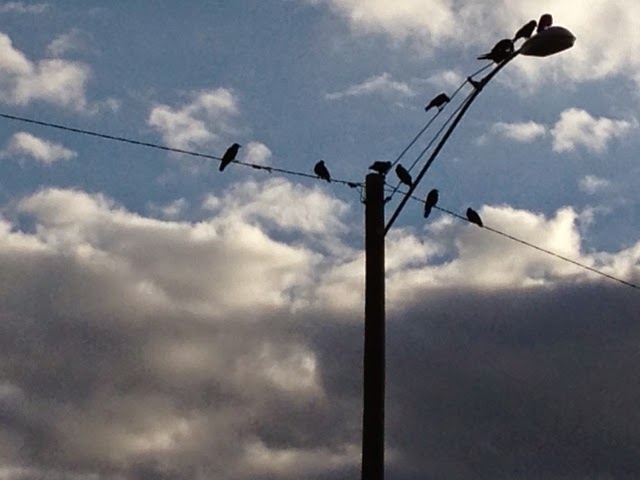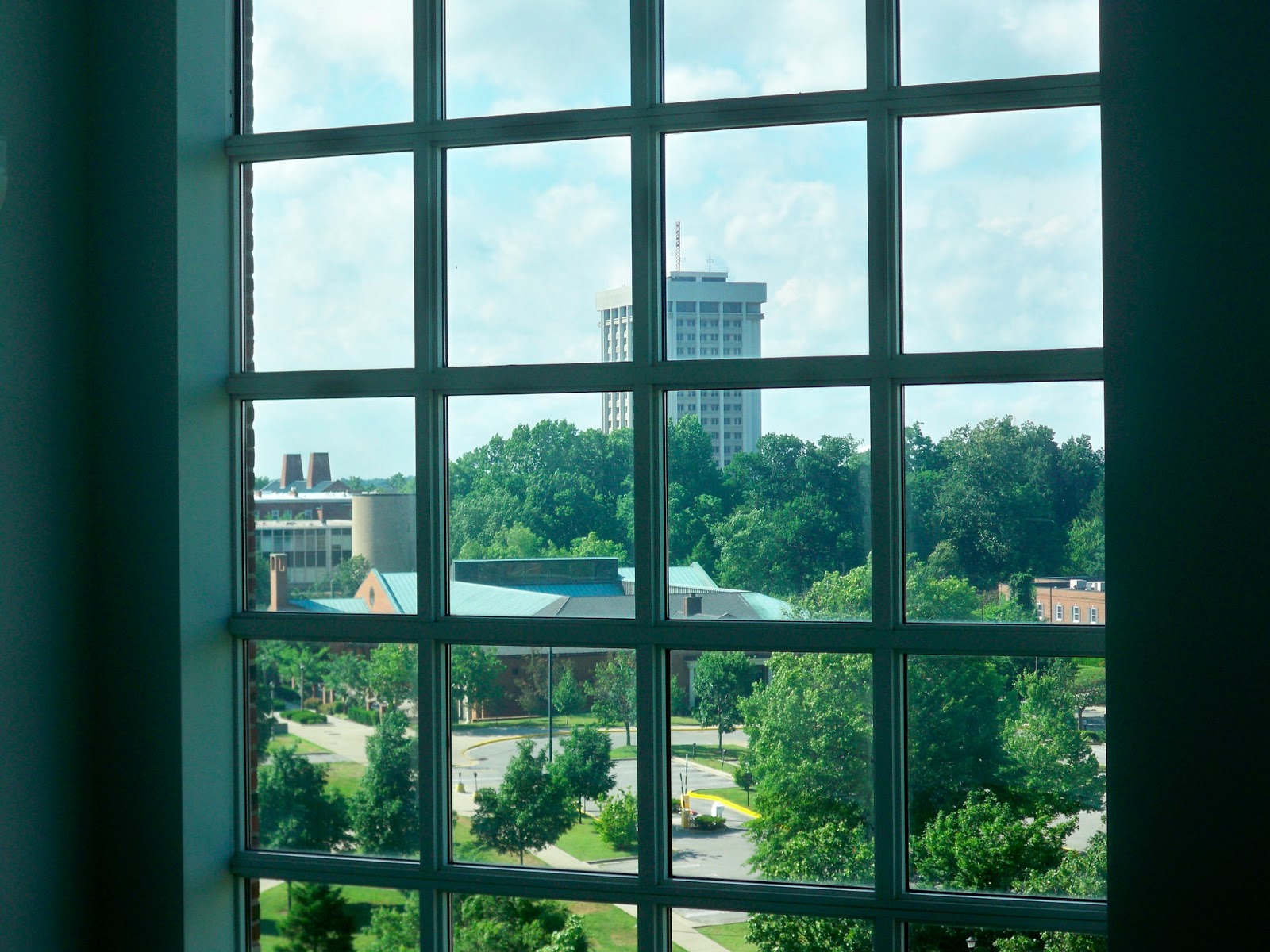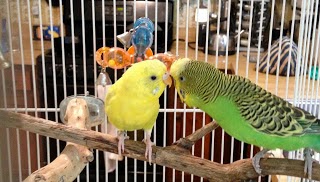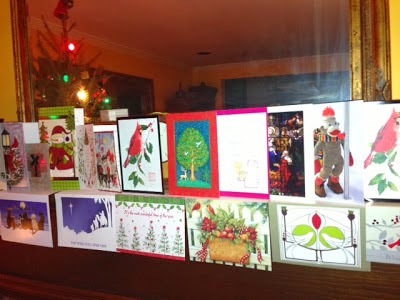Of Birds and Words
The office is closed, magazine proofs stuffed in my bag. For now it’s just me and the laptop and the words that won’t come. It’s so easy to sidle over to the kitchen for another cup of tea. Or watch the birds fight over suet. Just now a pair of young bluejays sparring in the air.
But the empty page won’t go away, so I come back, pull the words from wherever it is they like to hide. They are fickle and stubborn. They won’t be willed into existence.
The thing is, sometimes they hang out with the birds or the cup of tea. That’s where they hide when they should be on the page.
Nothing to do but find them and bring them home.





